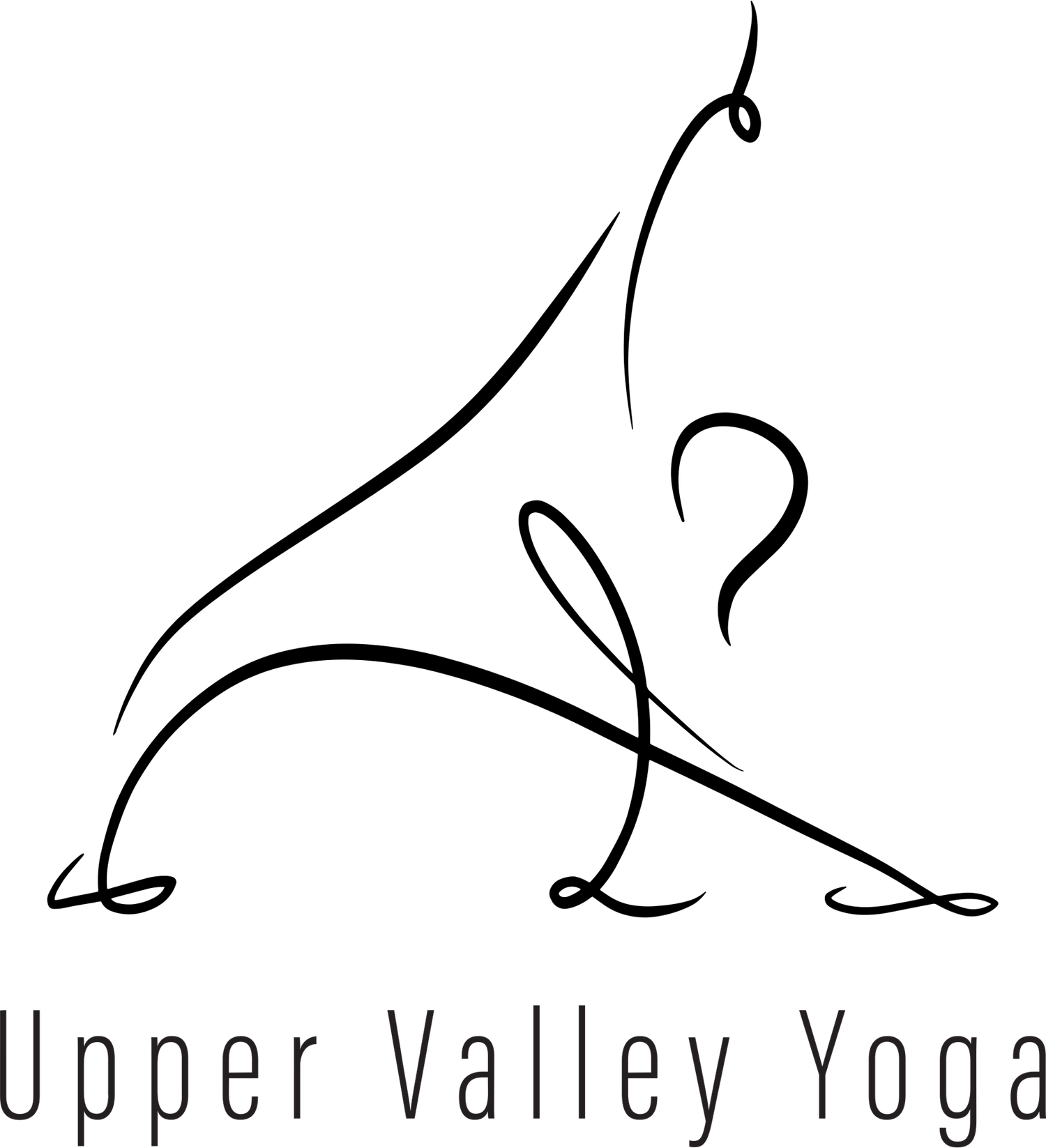Gentle Yoga, Yoga for Beginners....What's the Difference?
I've been getting this question a lot lately from students who practice regularly at UVY and from people who've never taken a yoga class in their life, calling to ask which class is best for a newcomer. While the website does offer brief descriptions of both classes, I thought I'd flesh it out a little here. I also put the question to my staff instructors, to get a fuller perspective.There is some common ground for both these classes, but Yoga for Beginners is designed to take someone who has had little or no experience with yoga, and....begin! I see a beginner’s class as a place to explore foundations for growth and progression. The beginner class is moving students toward (should they choose) more challenging postures, classes and styles. The caveat is that many students are perfectly happy to stay in beginners classes. They find their bodies are happier with a less intensive physical practice, or they have limitations that contraindicate harder classes (illness, age, chronic injury). Beginner classes embrace the goal of preparing a student—and giving them a working vocabulary—to be ok in a level 1 class. We explore lots of standing work using props: the wall, blocks, straps. I will always demonstrate a pose, and use basic alignment cues and preparatory work to approach poses like down dog, uttanasana, balance, warrior, etc. We play with some very easy breath work and often sprinkle in a dash of theory/philosophy to help contextualize the physical practice. Sue Howard puts it nicely when she says a beginner's class is "....preparing the students to move on. We explore classes of poses, general class structure (what to expect), simple pranayama, quiet reflection and building strength." Deb Heimann, in teaching beginning Forrest Yoga describes it this way: "In a beginner Forrest class, I do more demonstrating and pre-pose work to have students feel what the poses are meant to feel like inside their bodies before they get into the poses. I give more cues—there’s less silence."In Gentle classes I have no agenda. I meet students where they are, which in my group could be a combination of limitation due to age, illness, or emotional fragility/trauma. Sometimes a gentle practice is a “cross training” practice for endurance athletes who need their yoga to help gently relax and stretch them so they hold up better with the rigorous training of their sport(s). And for some seasoned students, a gentle yoga practice is counter balance to other more rigorous yoga classes that they also regularly attend. It’s a mixed bag, but in general, in a gentle class I will teach a lot more supine and seated poses, a couple of restorative poses, lots of props and lots of modifications depending on the person/body/age/issue and overall needs of the group. It’s as much about the emotional/mental component of putting the body in a place of support and cultivating “softening” as anything else, but in general, I am not, in my gentle class, prepping students to move into harder classes.Cathy Vansant says it eloquently: "....Chairs and bolsters and even sand bags can help students both modify a pose and then relax deeply into it allowing for that elusive softening and receptivity that is the lingering aftertaste and gift of our work."If you have thoughts and/or experiences you'd like to contribute to this discussion on the difference between the two, I'd love to hear from you.Good weekend, allLoveLeslie

